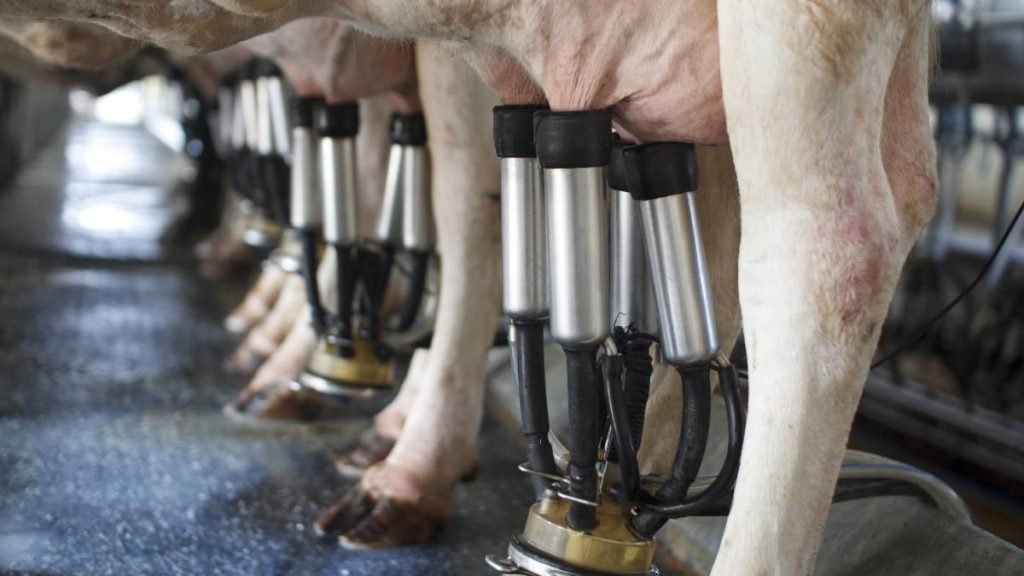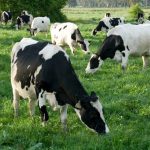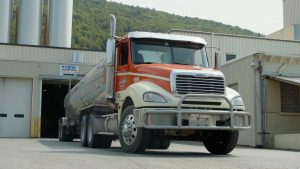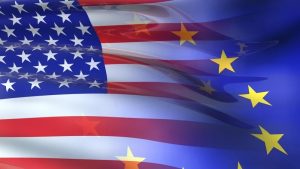
The head of DMI’s board explains the checkoff’s commitment to grow dairy exports, how it benefits farmer-funders and what’s happening to increase ROI.
.png?width=290&name=Marilyn%20Hershey4%20(3).png) Here in America, we are so efficient producing food we take it for granted. We feed our own population and still have capacity to export agricultural products to the rest of the world.
Here in America, we are so efficient producing food we take it for granted. We feed our own population and still have capacity to export agricultural products to the rest of the world.
This includes dairy. The milk from one out of seven tankers leaving U.S. farms ends up in products and ingredients sold in other countries. With an ambitious strategy, we aim to go from one in seven tankers to one in five, sending even more of our milk to other markets.
With 95 percent of the world’s population living outside the United States, the potential upside for U.S. dairy exports is huge. The U.S. Dairy Export Council forecasts the world will need an additional 1.3 million metric tons of dairy products and ingredients to meet global demand growth over the next three to five years.
Knowing this is one thing. Experiencing it is another.
That’s why four Dairy Management Inc. board members, including myself, the board’s chairperson, took a whirlwind visit to Asia in November to assess demand and examine what USDEC is doing to deliver value to our farmers.
Checkoff-funded investment in the future
Since 1995, DMI and the dairy checkoff program have been USDEC’s parent organization and primary funder. The DMI board takes its responsibility seriously to oversee our farmers’ major ongoing investment in exports, especially while so many struggle to survive this extended period of low milk prices.
One stop was Hong Kong, a city of soaring skyscrapers, big business deals and more than 7 million people. Seeing so many people packed into tight spaces made me a little claustrophobic—but also hopeful for our dairy farmers’ future.
.jpg?width=600&name=hong%20kong5%20(2).jpg)
Hong Kong, a city, has more people than the entire state of Wisconsin.
Why? Consider this statistic: Hong Kong must import 95 percent of its food.
It’s a dynamic played out all over the world where domestic food demand exceeds domestic supply for a variety of factors, including lack of water, land and agricultural know-how.
The more I thought about it, the more excited I got.
When you boil it down, the point is this: We need the world’s customers and they need us. It’s a win-win.
7 Things Farmers Need to Know about Dairy Exports
After returning home and reflecting on the sights, sounds, smells and tastes of my trip, I want to share seven things my fellow farmers need to know about the dairy checkoff’s ongoing investment in exports:
1. Exports provide value during hard times: These are hard times for many dairy farmers. I shudder to think what our milk checks would be like right now without exports. The dairy checkoff program is delivering value to U.S. dairy farmers by funding USDEC. It’s important to note that many U.S. suppliers have people on the ground in the markets they serve. USDEC doesn’t work for these specific companies. It cultivates opportunities for our entire industry.
2. Checkoff funding boosts exports: In 1995, hardly any milk was leaving the country. Farmers saw an opportunity and formed USDEC, a unique partnership between producers and exporters. Today milk from one out of seven milk tankers(15 percent) ends up in dairy products and ingredients sold overseas. Checkoff funding of exports makes a difference!
.jpg?width=554&name=chart%20(2).jpg)























